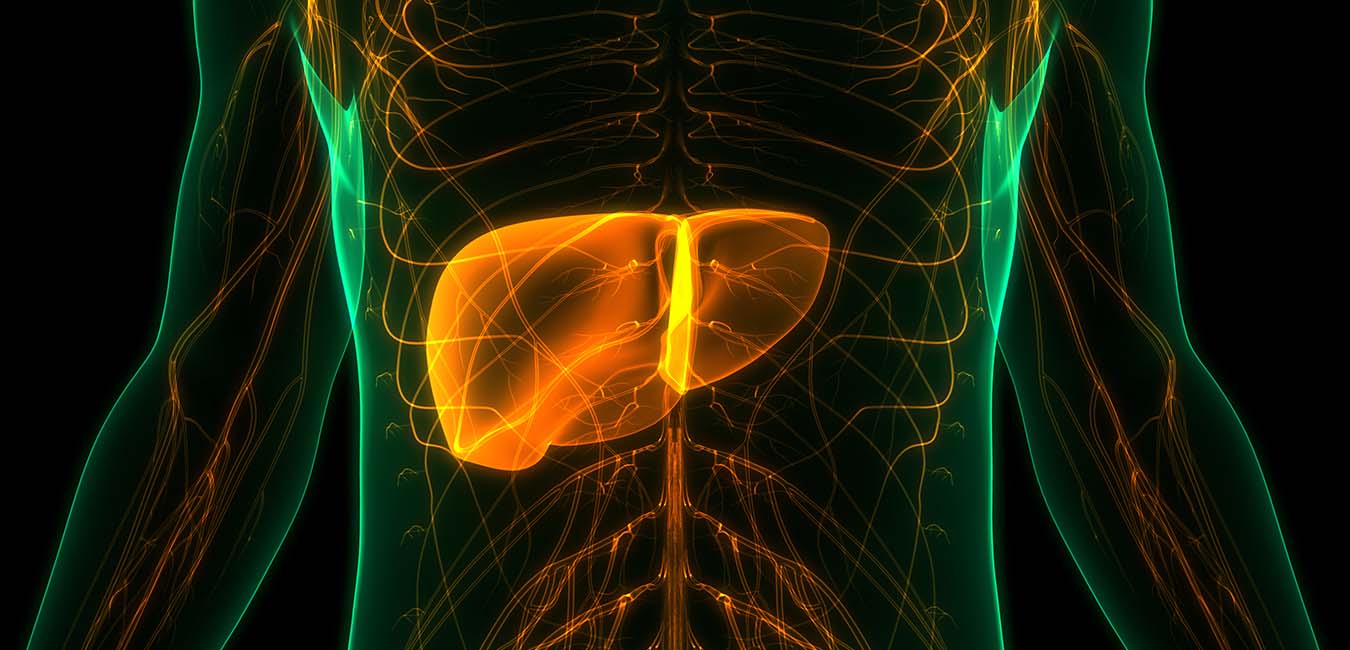If you’ve put on weight over the last year, you are not alone. Eating more, moving less, and coping with pandemic stress have taken a toll on our bodies and health. Almost a third of Americans reported exercising less than before the COVID crisis hit, according to a poll from the University of Southern California.
You probably know how bad those extra pounds can be for your health. Being overweight or obese can increase your risk for heart disease, diabetes, cancer, and a host of other health problems.
But there’s one health risk you may not be aware of. It’s called nonalcoholic fatty liver disease (NAFLD), a build-up of fat on the liver, and until now was very rare.
As rates of obesity have risen in the past few decades, so have the numbers of people with NAFLD. Up to 40% of people in the U.S. may have this condition, which is linked to a higher risk for cardiovascular problems like heart attacks and stroke.
There are 2 types of fatty liver disease and one is worse than the other. Simple fatty liver disease doesn’t harm your liver.
But the second type, called nonalcoholic steatohepatitis (NASH), causes inflammation and damages liver cells. This can cause scarring and cirrhosis, a condition that makes it hard for the liver to do the job of filtering harmful substances from your blood.
Over time NASH can even lead to liver failure. It has now become the most common reason for liver transplants.
According to the American Liver Foundation, NASH is more common in women than in men. It often strikes between ages 40 and 60.
Less than 10% of people have this more serious type of liver disease. But having it can affect your health in lots of ways. If you have NASH, you are likely to have high cholesterol, high blood sugar, and high blood pressure along with liver damage.
Problem is, people with NASH often don’t know they have it. That means it can silently harm the liver for years before symptoms appear.
What should you do if you are concerned about your liver? First, speak with your doctor. Your provider may suggest testing and provide recommendations to reduce your risk. Health recommendations are generally the same for people with or without NASH. If you are overweight and have other health risks, these steps can help:
- Shed a few pounds.
Losing just 5% of your total body weight (9 lbs. if you are 180 lbs.) may be enough to decrease the fat in your liver. Losing 7 to 10 lbs. (18 lbs., if you are 180 lbs.) may decrease the inflammation that harms the liver and even reverse some of the damage.
- Get moving!
With summer’s warmer temperatures, it’s easier to get outside and work up a sweat. Exercise doesn’t just help you lose weight. Research shows that both strength training (with weights or stretch bands) and aerobic exercise (biking, cycling, swimming) can improve fatty liver disease and reduce liver scarring. Just a 30-minute walk 5 or 6 times a week can make a difference.
- Eat right.
Eating patterns like the Mediterranean diet may decrease liver fat and may help you drop excess weight if you are also watching calories and/or portions. The diet includes lots of plant foods—vegetables, fruits, beans, and whole grains. They focus on lean protein, such as fish and poultry, nuts and seeds, and “good” fats like olive oil.
- Limit salt and sugar.
Sugar-sweetened drinks (soda, juices, sports drinks) can be particularly harmful, because they contain fructose. Fructose raises the risk for obesity, diabetes, metabolic syndrome, and NAFLD.
To protect your liver:
- Go easy on alcohol.
Stick to 1 drink (for women) or 2 drinks (for men) a day or avoid it altogether.
- Roll up your sleeve.
Get vaccinated against hepatitis A and hepatitis B. Having these conditions along with fatty NASH is more likely to lead to liver failure.
- Beware of supplements and herbs.
Some, such as vitamins A, iron and niacin, can harm the liver in high doses. The effects of herbs are mostly unknown, since they aren’t tested the way drugs are. Ask your doctor for guidance before taking them.
Liver disease may sound scary but it doesn’t take much to see improvements. These changes have a ripple effect, protecting you not only from NALFD, but a slew of other health issues—from obesity to heart disease and diabetes.

